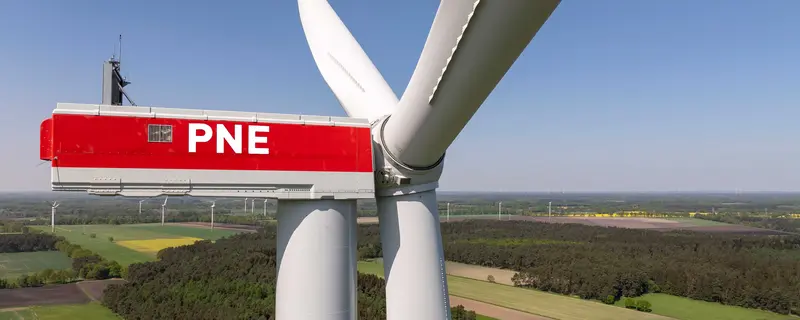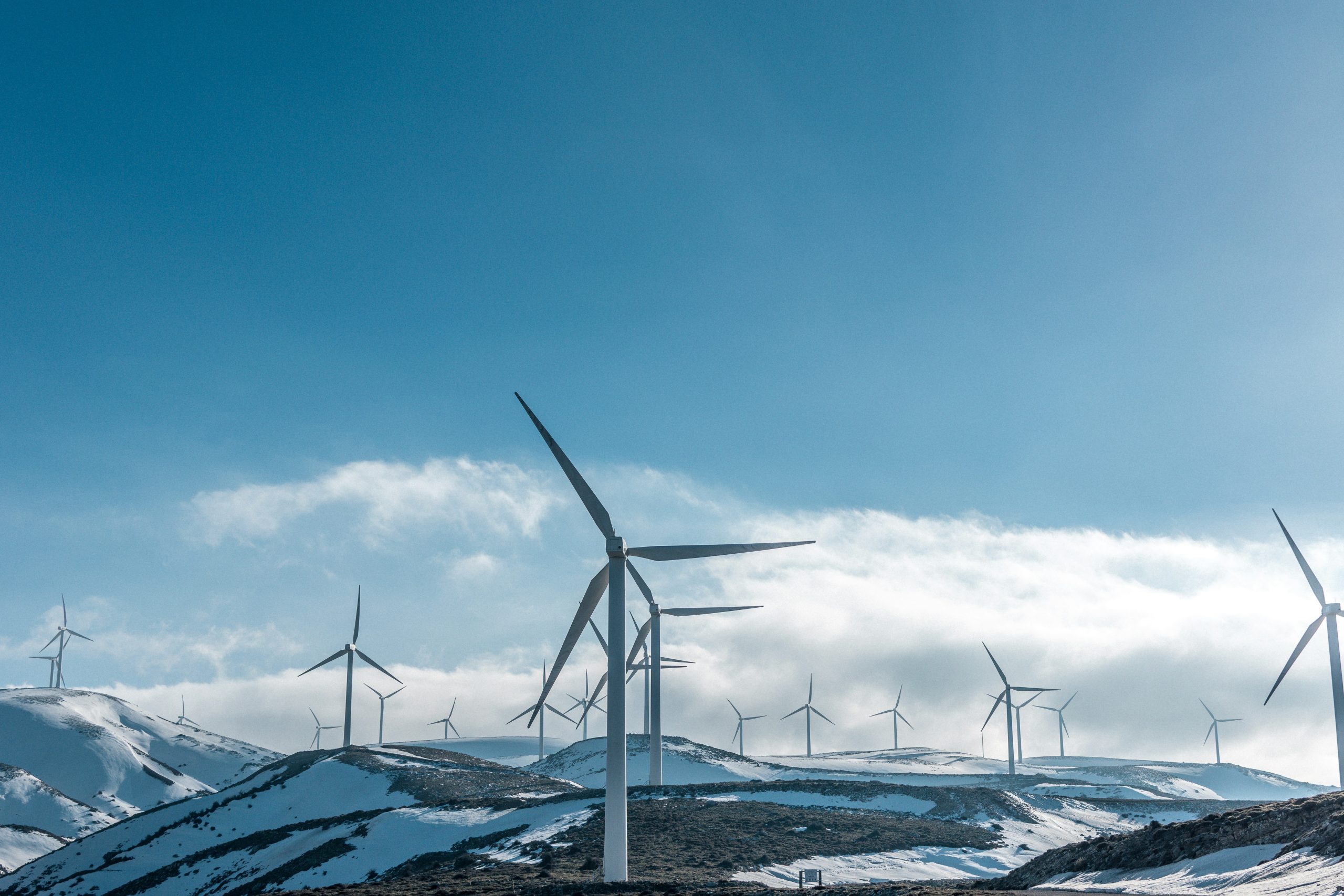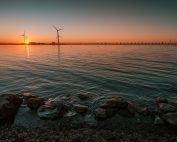ENTSO-E, T&D Europe and WindEurope have published a joint report on the development of HVDC systems in the context of offshore wind energy. Technical problems in integrating a large number of, for example, converter stations from different suppliers are a challenge. It is crucial to ensure the interoperability of technologies.
At the beginning, it is worth explaining that HVDC transmission systems will form the basis of future smart power grids referred to as Smart Grid. HVDC cables are already installed all over the world today. The creation of such a network is aimed at increasing system security and energy efficiency through the integration of renewable energy sources. The use of HVDC systems is of key importance in supporting the development of renewable energy sources, in particular the transmission of large amounts of energy from renewable energy sources over long distances.
As we read in the report “Workstream for the development of multi-vendor HVDC systems and other power electronics interfaced devices”, the growing number of offshore wind farms connected to the power system by means of HVDC systems will transform traditional transmission systems with two stations into multi-terminal systems. This is where the technical challenge arises – combining all technologies from different suppliers into an efficient and safe power system. Multiple vendor systems require standardization and the identification of common requirements for HVDC converters to ensure interoperability. The report proposes to coordinate a European-scale approach at different stages of development (R&D and industrial deployment) to build multi-terminal HVDC systems from multiple vendors. Building an industry in this area is critical to future HVDC grids.
Among the defined challenges, the reduction of the system inertia with the increase in the share of renewable energy sources, which has an impact on electromechanical dynamics and frequency stability, was indicated. It will be necessary to maintain technological interoperability at connection points (POC), switching stations and the Power Park Module. This creates another challenge for many vendors where intellectual property and confidentiality concerns are of paramount importance.
Interoperability is becoming the main goal of offshore wind farm development and must be achieved – this requires standardization. Interfaces developed jointly by all stakeholders, including TSOs, HVDC project owners, developers and operators, HVDC vendors, and industry are essential. The next steps are the standardization of models and simulation systems. Research, industrial development and operations must go hand in hand to meet the above-mentioned challenges. Only if close coordination of these activities is ensured will the gap between the current state of knowledge and the needs of offshore wind energy be filled.















